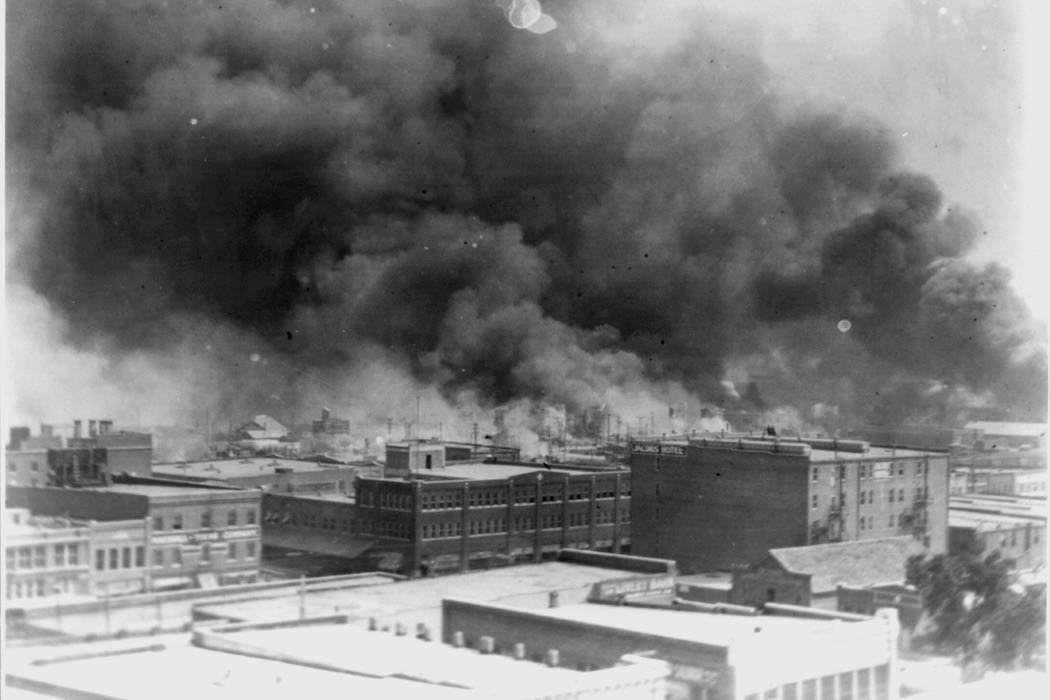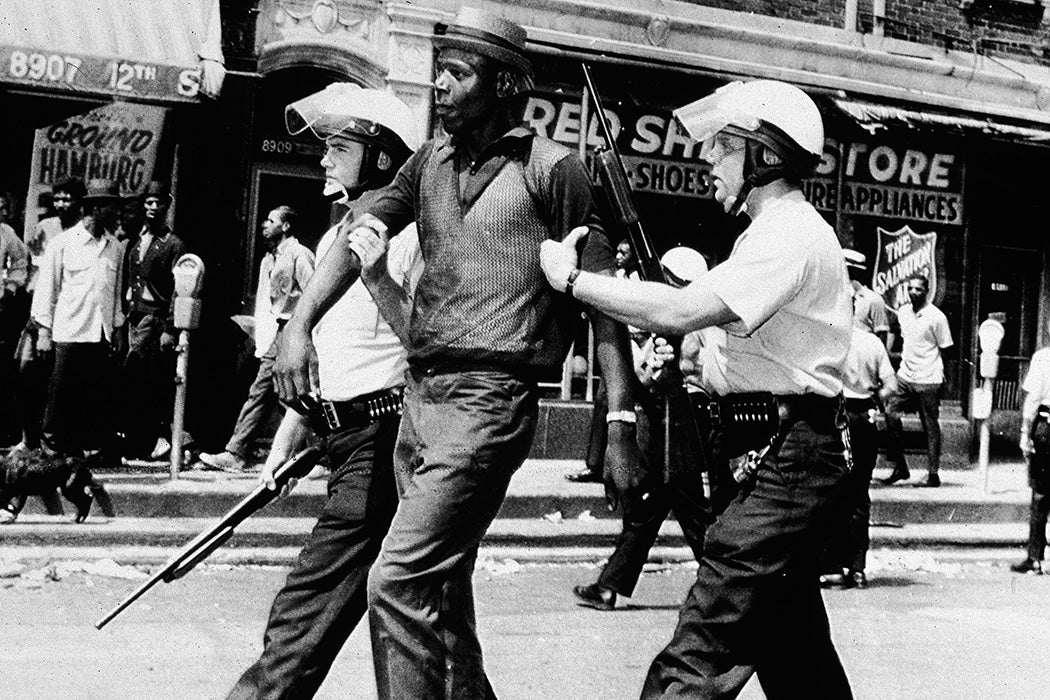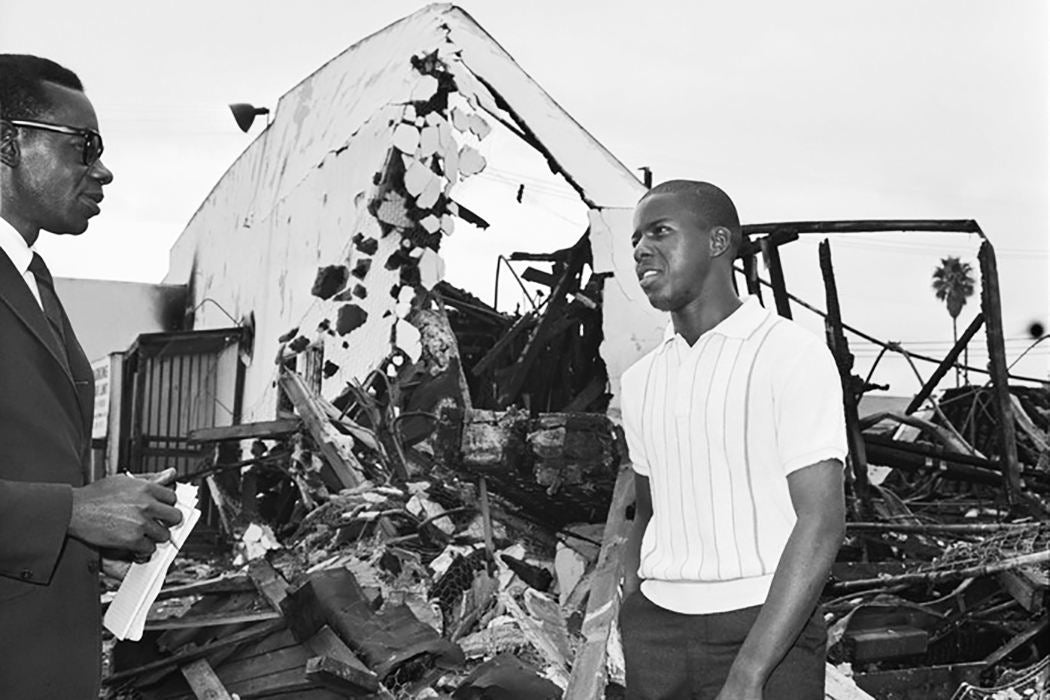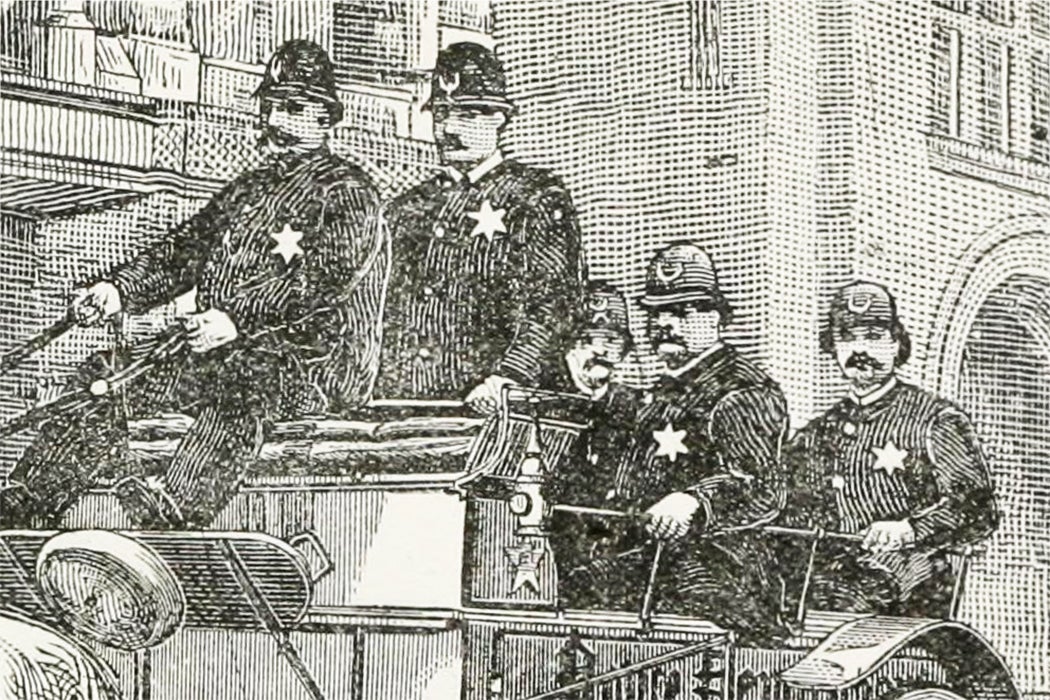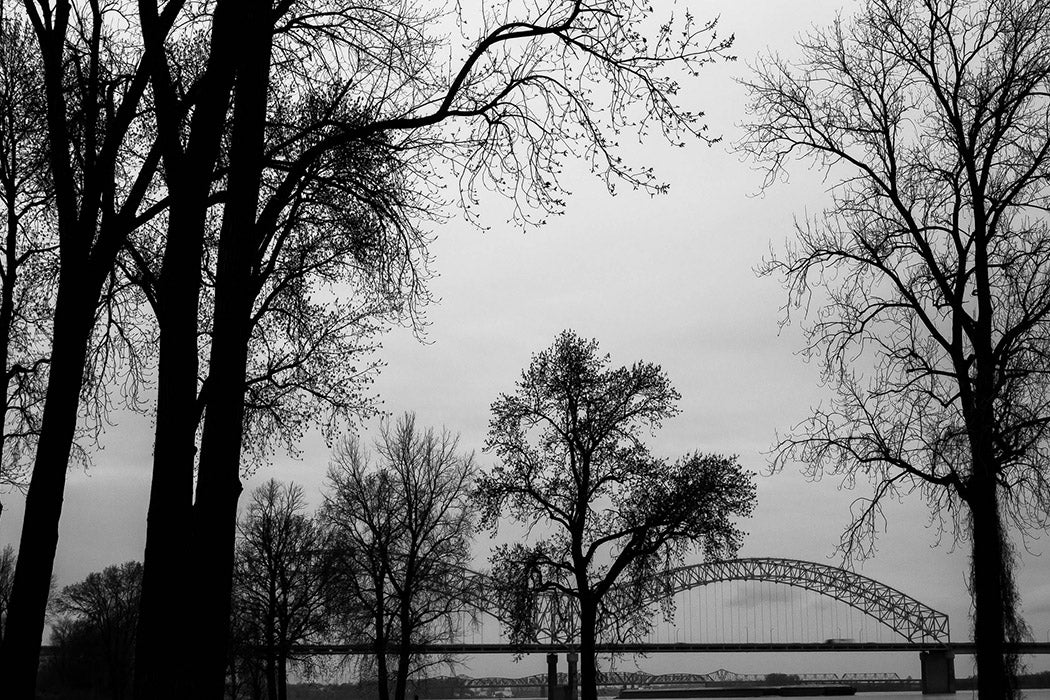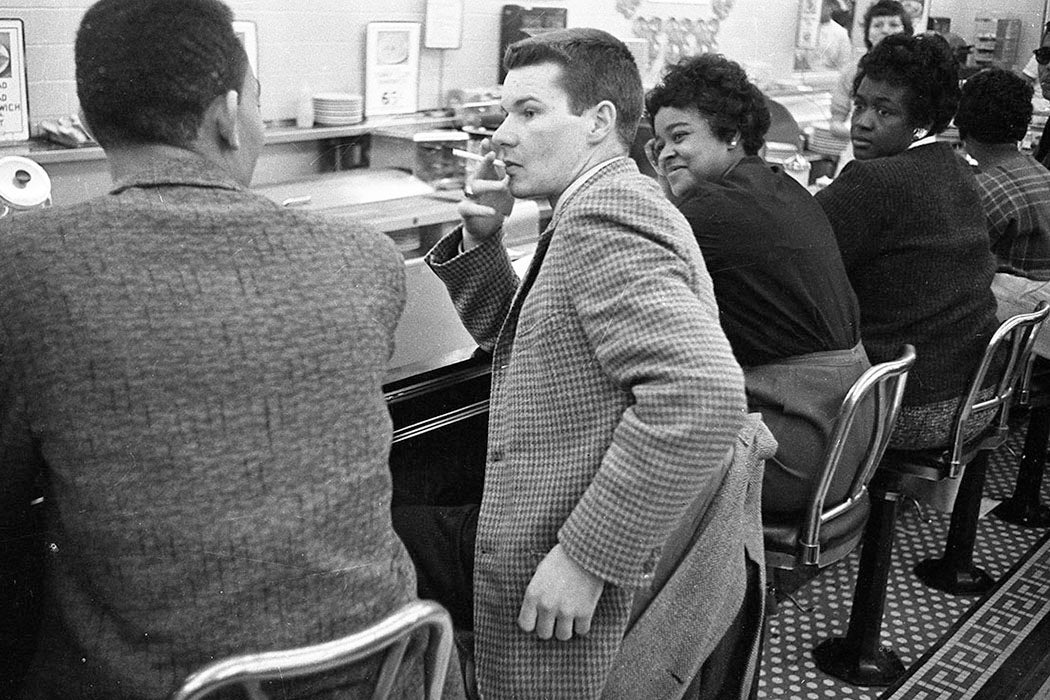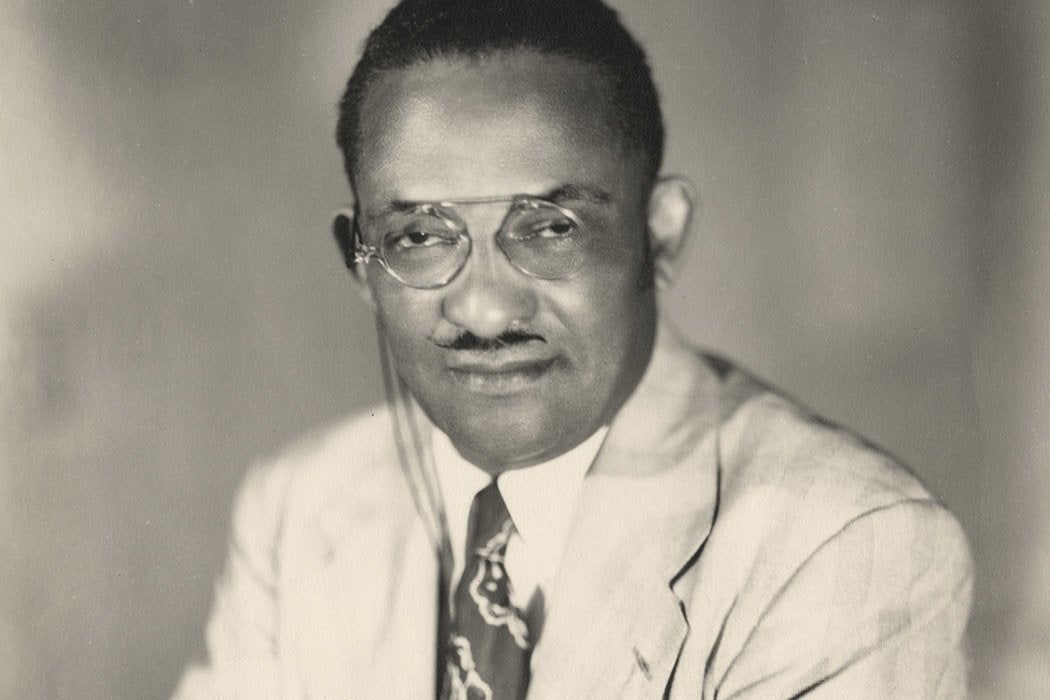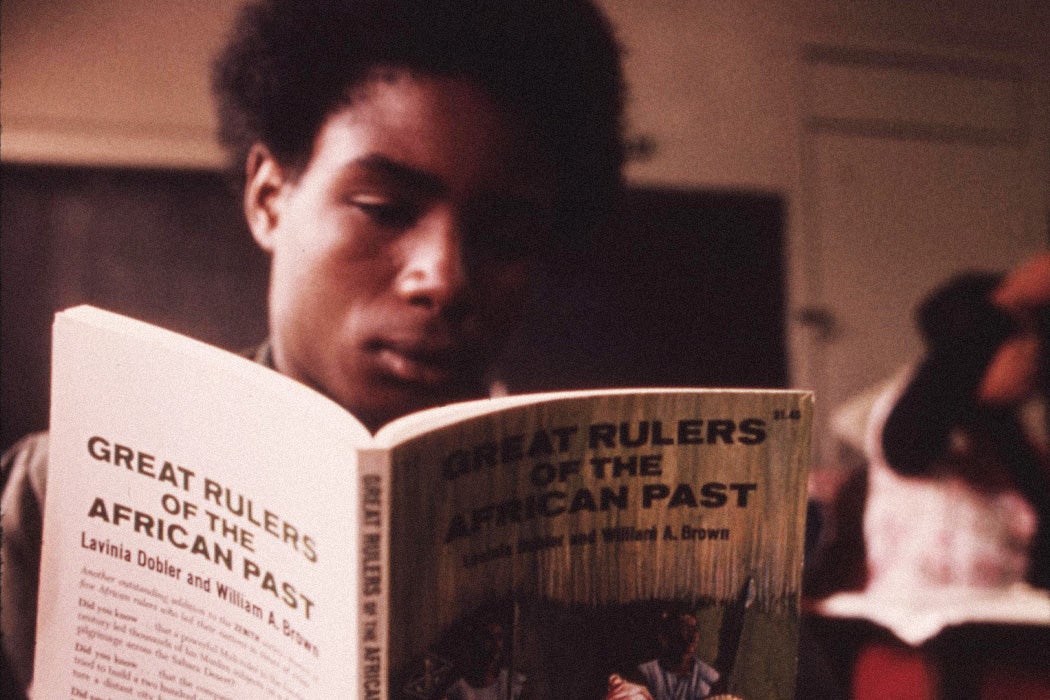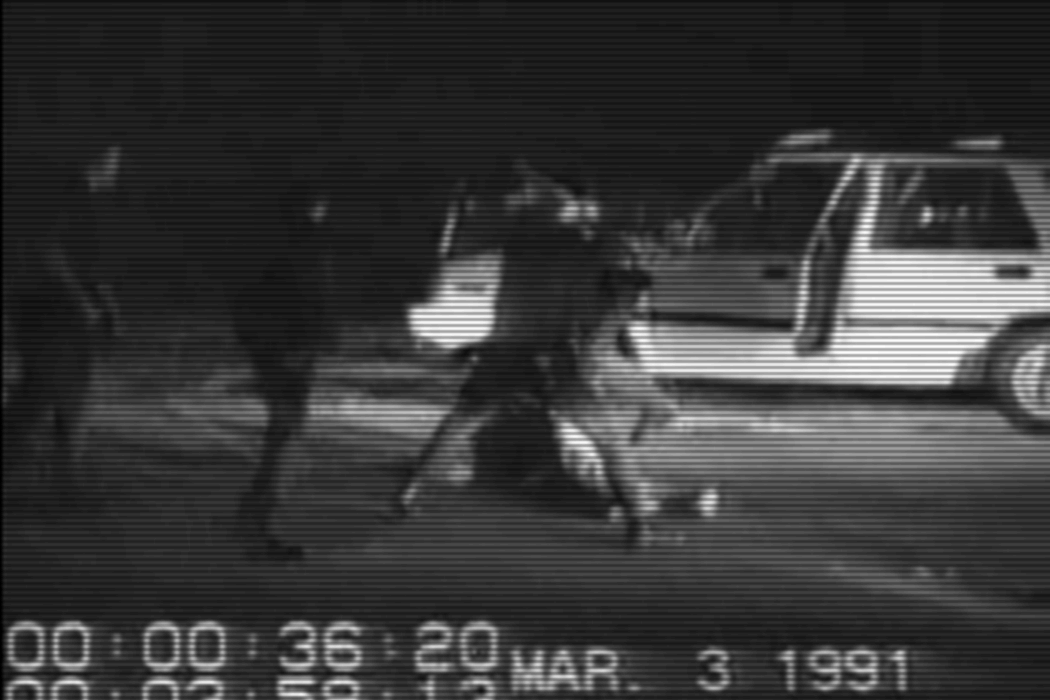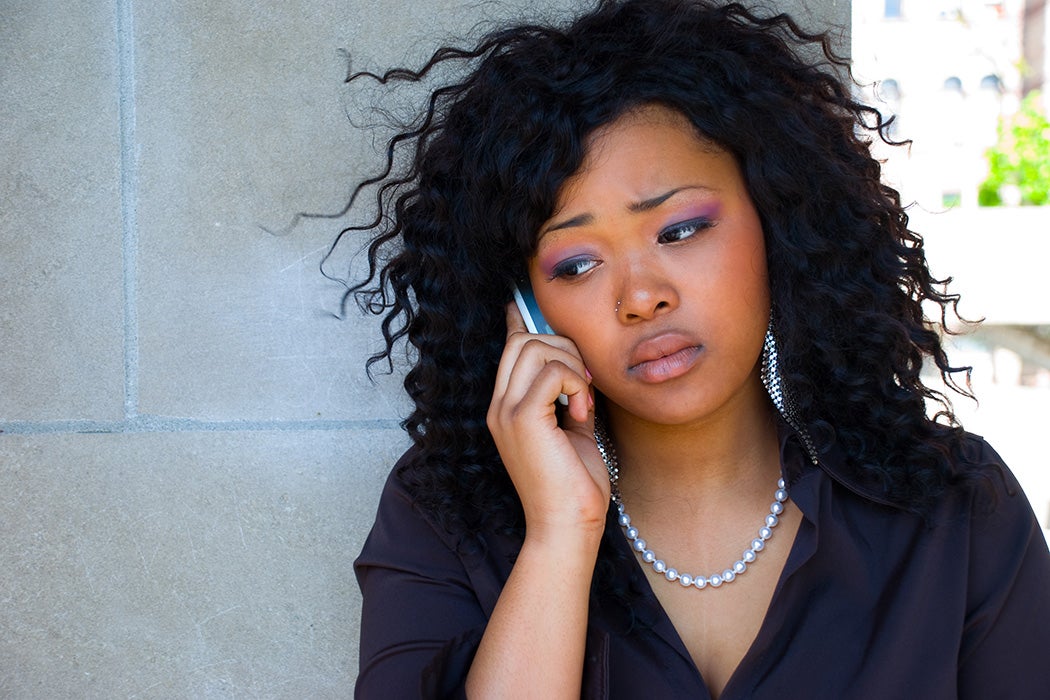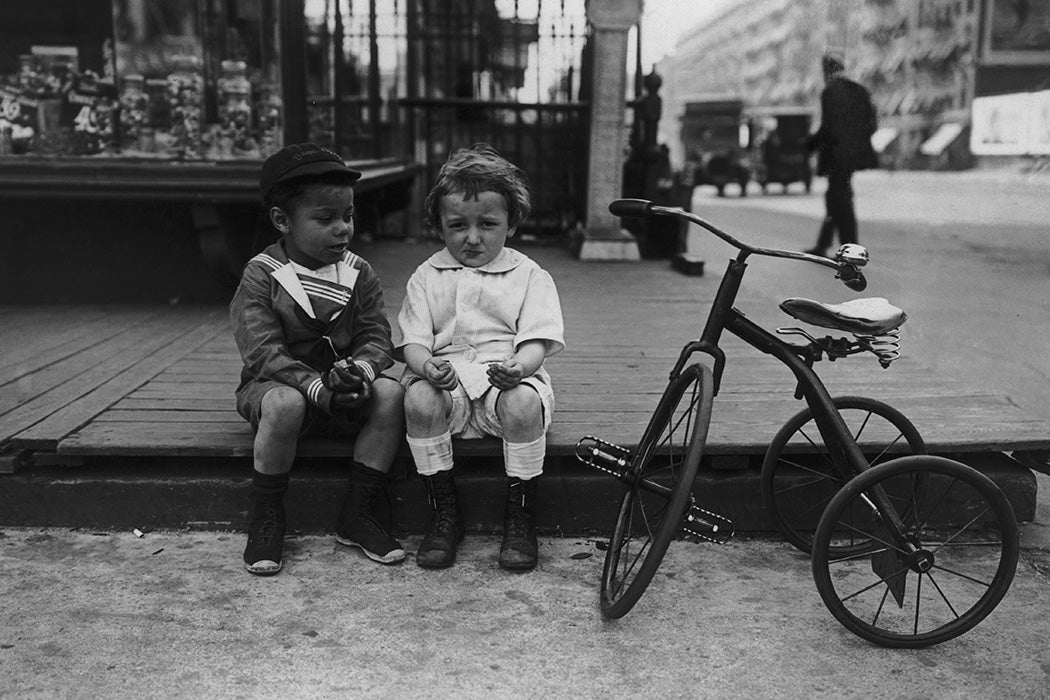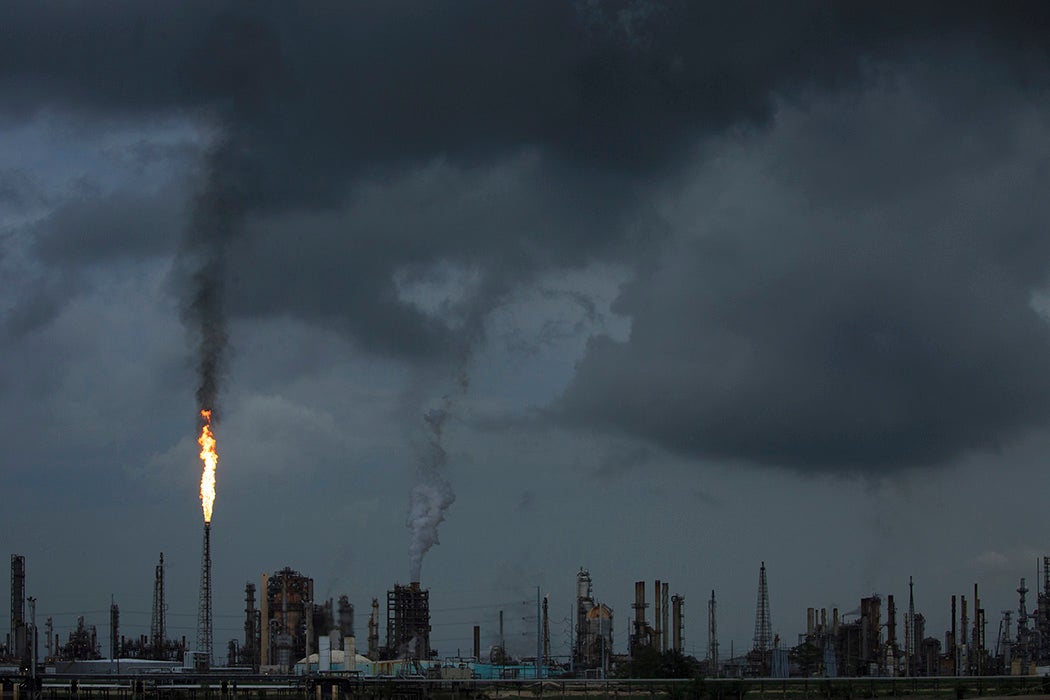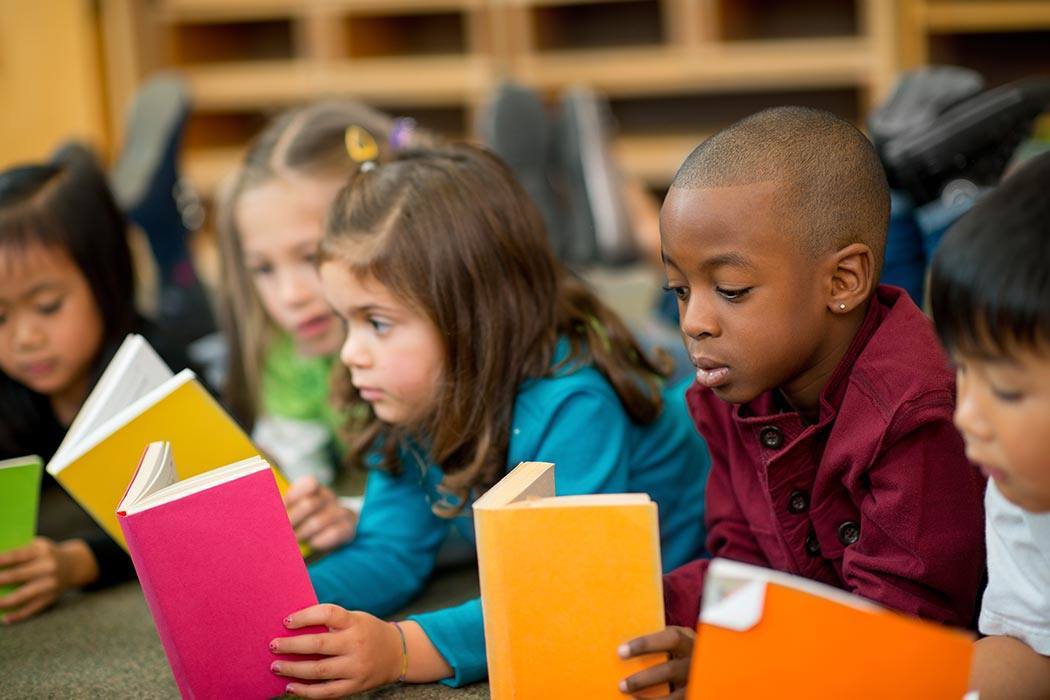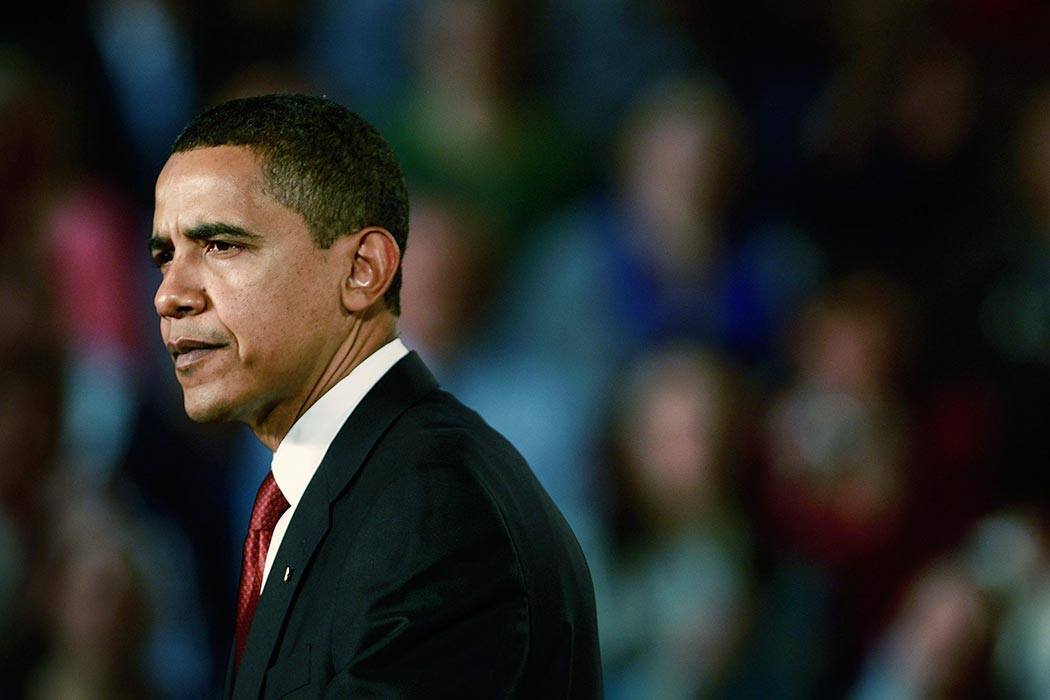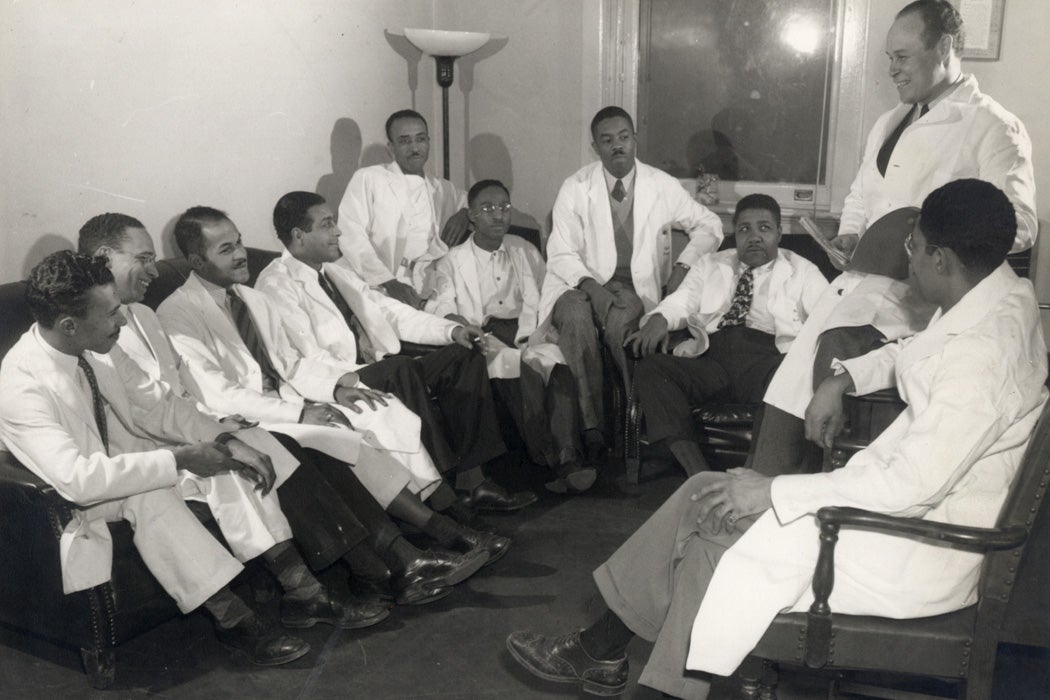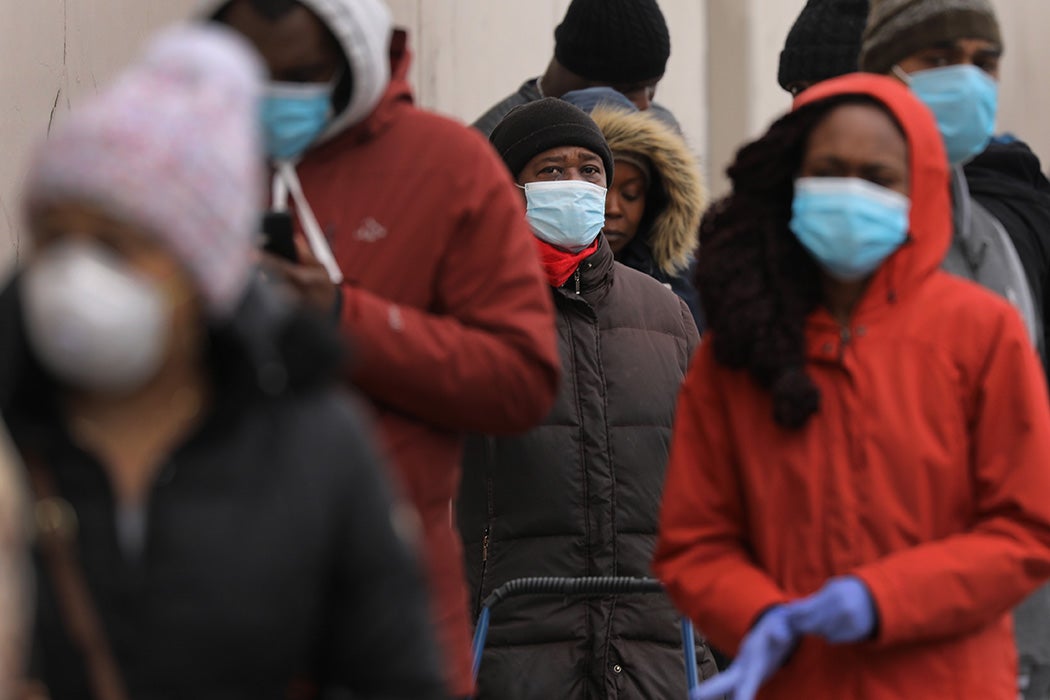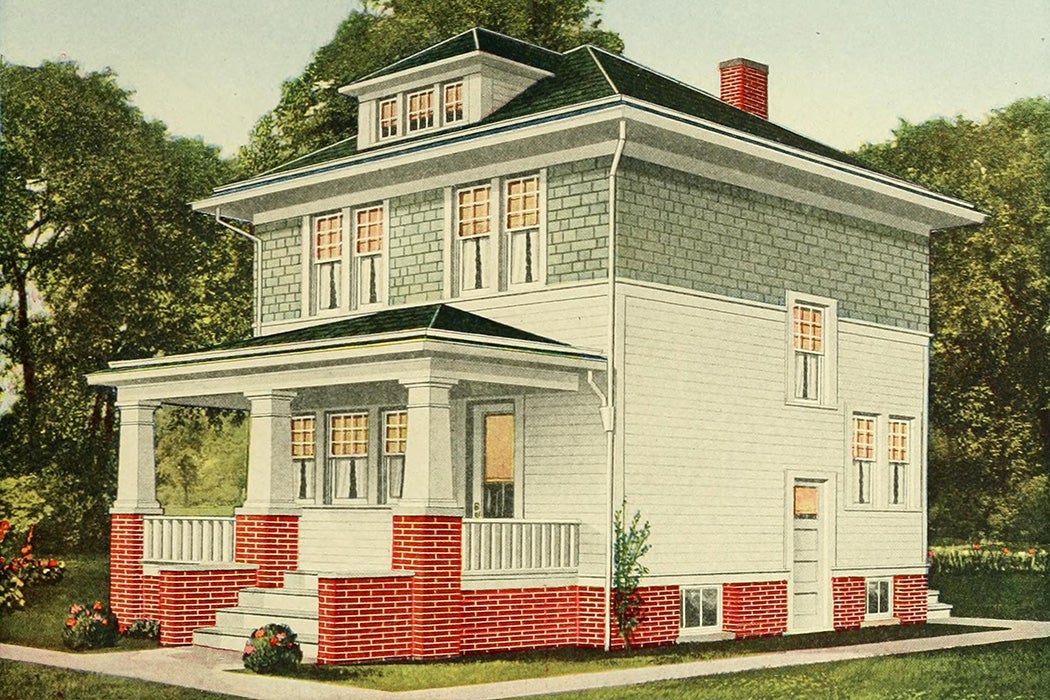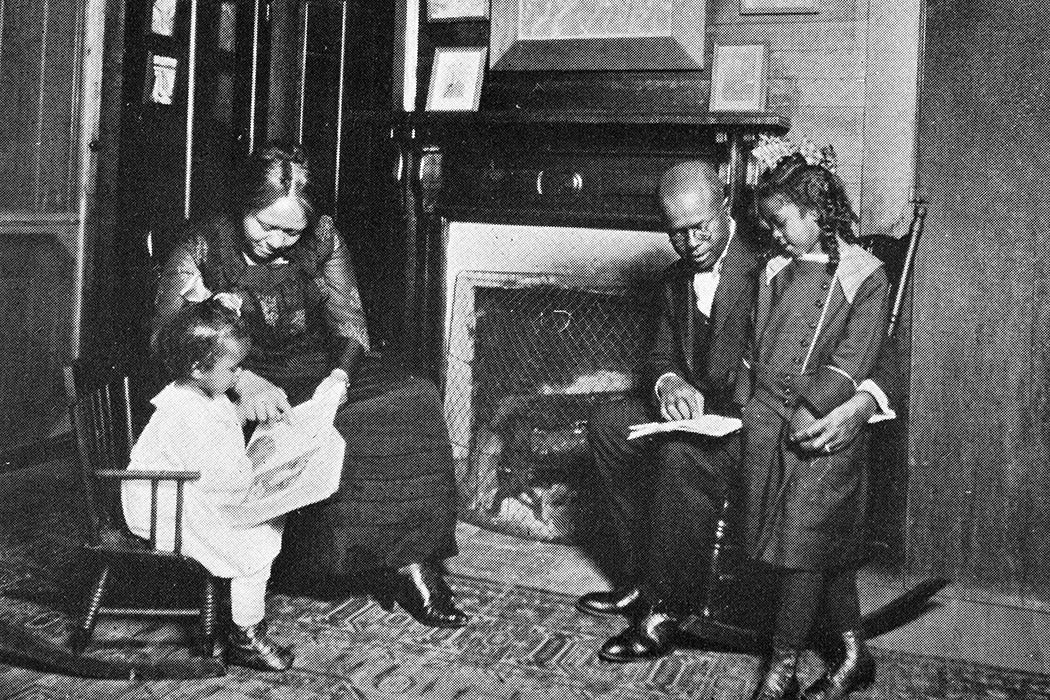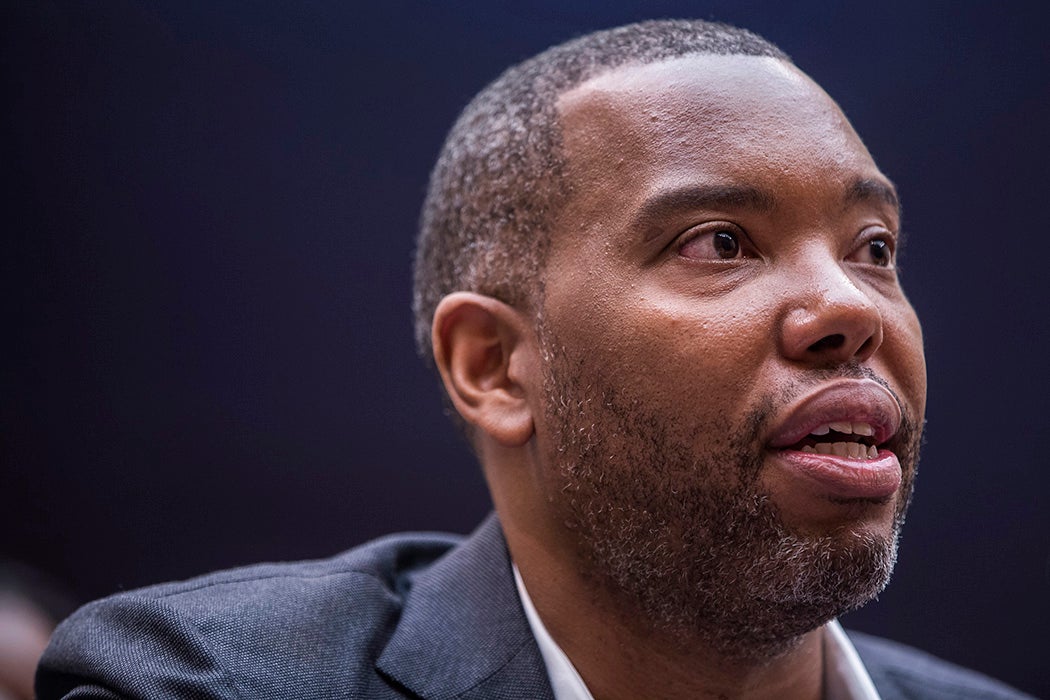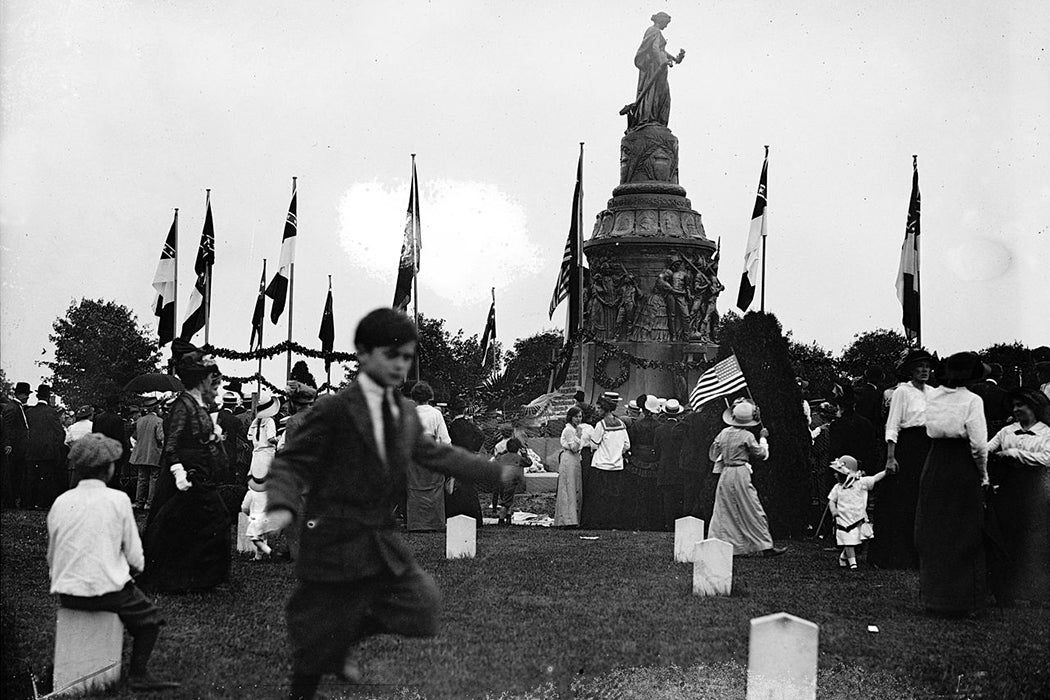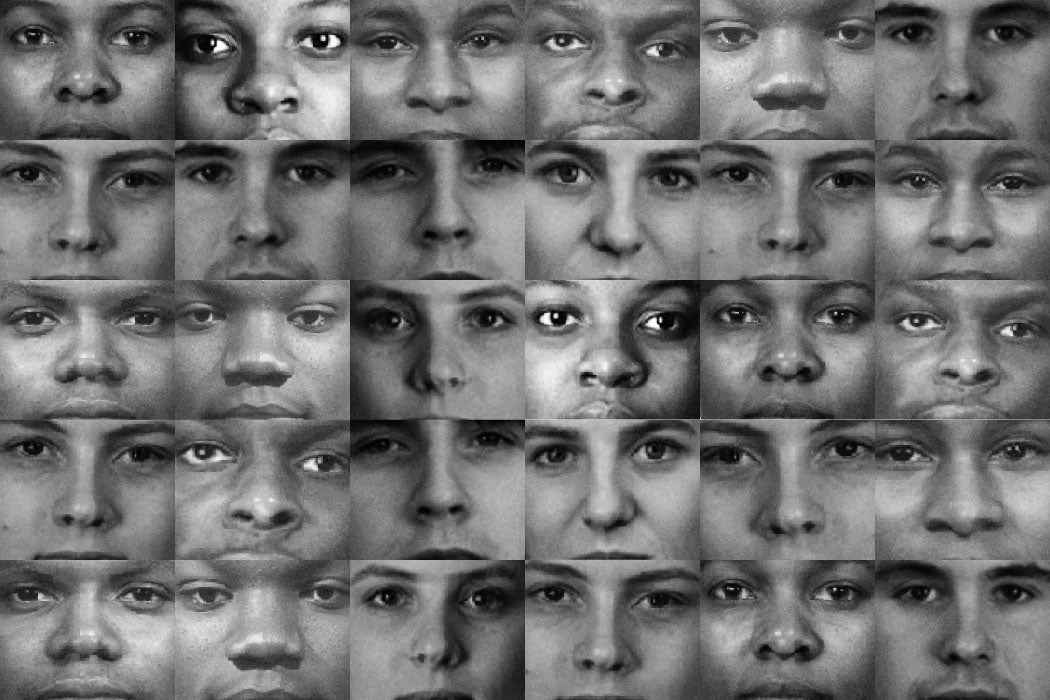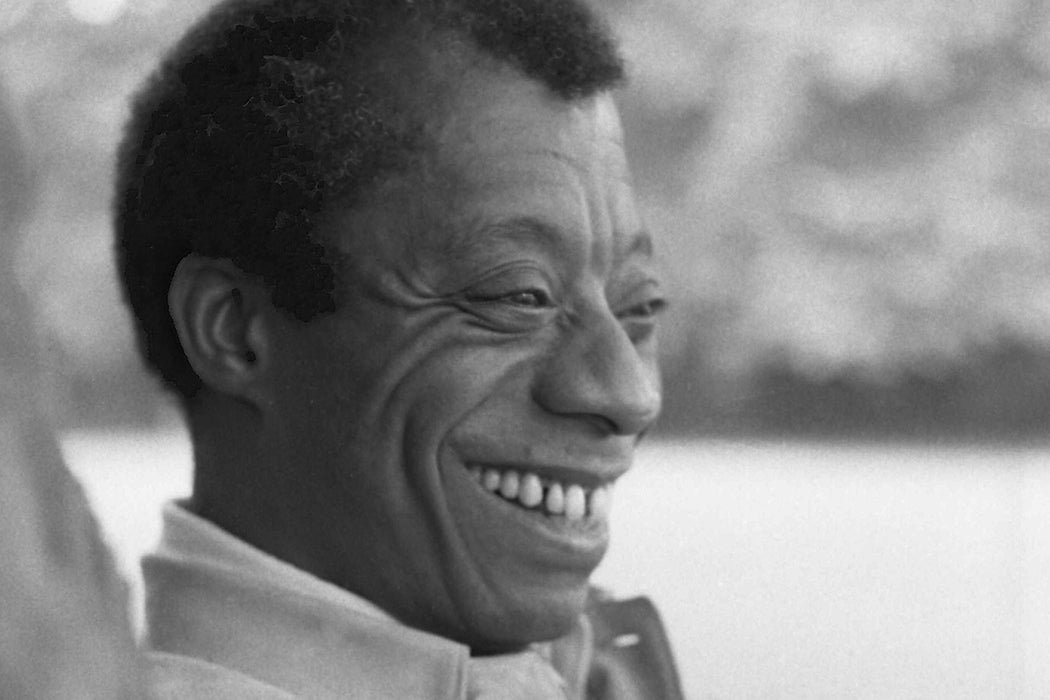The United States has seen escalating protests over the past week, following the death of George Floyd while in custody of the Minneapolis police. Educators everywhere are asking how can we help students understand that this was not an isolated, tragic incident perpetrated by a few bad individuals, but part of a broader pattern of institutionalized racism. Institutional racism—a term coined by Stokely Carmichael (later known as Kwame Ture) and Charles V. Hamilton in their 1967 book Black Power: The Politics of Liberation in America—is what connects George Floyd and Breonna Taylor with Ahmaud Arbery, Philando Castile, Sandra Bland, Eric Garner, Emmett Till, and the thousands of other people who have been killed because they were “black in America.”
This context seems vital for discussions both inside and outside the classroom. The following articles, published over the course of JSTOR Daily’s five years try to provide such context. As always, the underlying scholarship is free for all readers. We have now updated this story with tagging for easier navigation to related content, will be continually updating this page with more stories, and are working to acquire a bibliographic reading list about institutionalized racism in the near future. (Note: Some readers may find some of the stories in this syllabus or the photos used to illustrate them disturbing. Teachers may wish to use caution in assigning them to students.)
Racial (In)Justice: Putting Protest into Perspective
The Detroit Rebellion
The Devastation of Black Wall Street
The Mob Violence of the Red Summer
Race and Labor in the 1863 New York City Draft Riots
Did The 1965 Watts Riots Change Anything?
A History of Police Violence in Chicago
The People’s Grocery Lynching, Memphis, Tennessee
How the Body Can Shape Social Protest
Dr. Ossian Sweet’s Black Life Mattered
African American Studies: Foundations and Key Concepts
Video Documentation & Police Brutality: Ethical Considerations
Viral Black Death: Why We Must Watch Citizen Videos of Police Violence
How Do I (Not) Look? Live Feed Video and Viral Black Death
Why Didn’t the Rodney King Video Lead to a Conviction?
Racial, Economic, and Educational Disparities Go Hand in Hand
How Black Artists Fought Exclusion in Museums
Calling the Police, without Trusting the Police
James Baldwin and Nikki Giovanni in Conversation
How Residential Segregation Looked in the South
Environmental Racism and the Coronavirus Pandemic
The Racism of History Textbooks
School Suspensions and the Racial Discipline Gap
How Segregation Hurts Kids
Why Racism Is Terrible for Everyone’s Health
The 1910 Report That Disadvantaged Minority Doctors
COVID-19 Is Hitting Black and Poor Communities the Hardest
The Lasting Fallout of the Tuskegee Syphilis Study
The Latent Racism of the Better Homes in America Program
How Insurance Companies Used Bad Science to Discriminate
How Natural Black Hair at Work Became a Civil Rights Issue
The Case for Reparations Is Nothing New
The History of the History of American Slavery
Project Implicit Reveals Your Hidden Prejudice
Why James Baldwin’s The Fire Next Time Still Matters
Editor’s notes: We welcome reader comments: get in touch with comments, pitch us, or offer recommendations for further coverage here. Submission guidelines (we pay all our writers) here. These articles are just a small selection of the work we publish on JSTOR Daily. We’ve added tags on this article to help you find your way to related content, but are in the process of reviewing our tagging structure so these may change. We encourage you to sign up for our newsletter to get a digest of stories each week. Note: This story was updated June 4 with additional stories and tags for navigation to other related content. Thanks to reader comments, the introduction was updated June 3 with Breonna Taylor and Sandra Bland’s names and the phrase “people of color” was changed to “people.”
To support JSTOR Daily’s work providing historical and scholarly context to the news and current affairs, you can .
